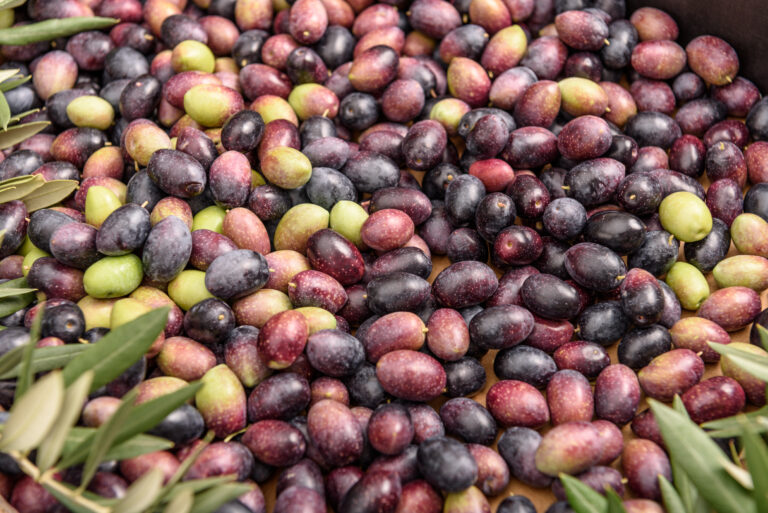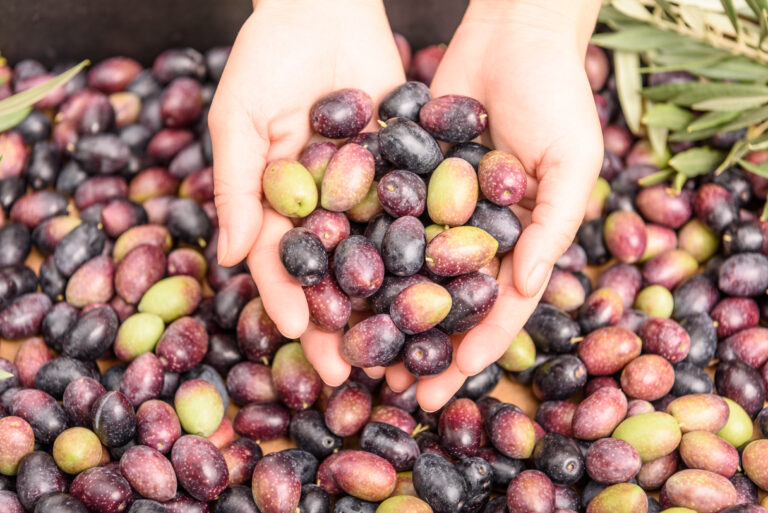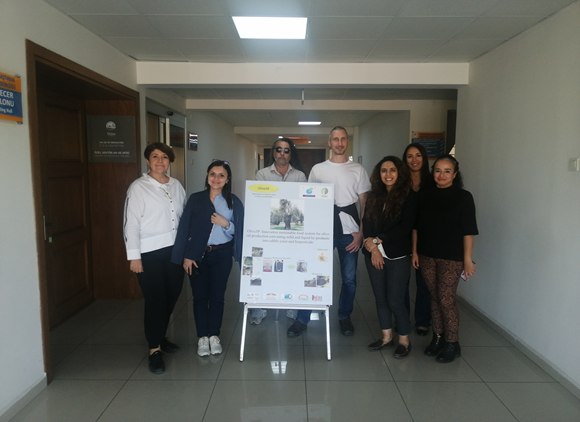Work Packages Implementation
The Olive 3P project is a dynamic collaboration structured into five distinct Work Packages (WPs), each playing a crucial role in advancing our mission.
Explore the details of each work package below to gain insights into the specific objectives, leaders, and participating organizations.






